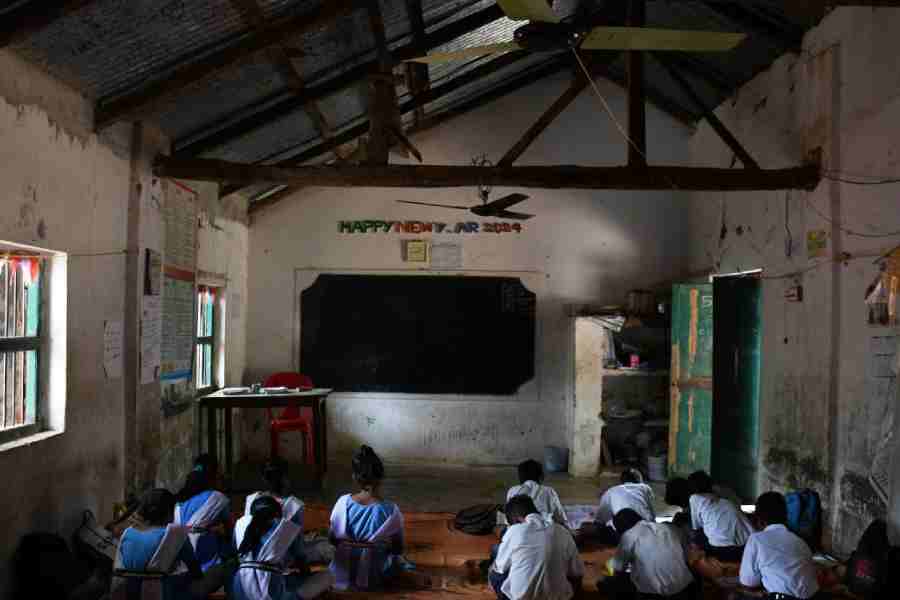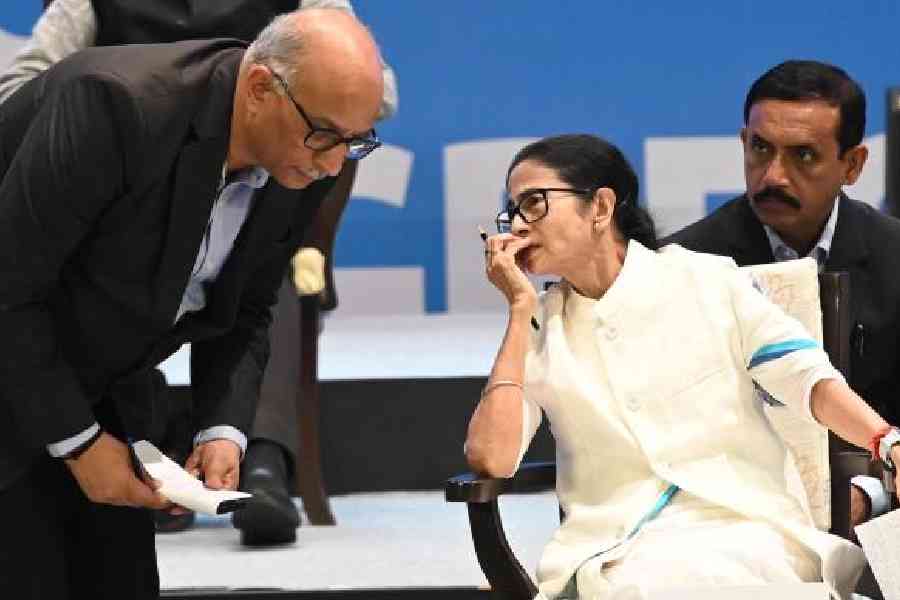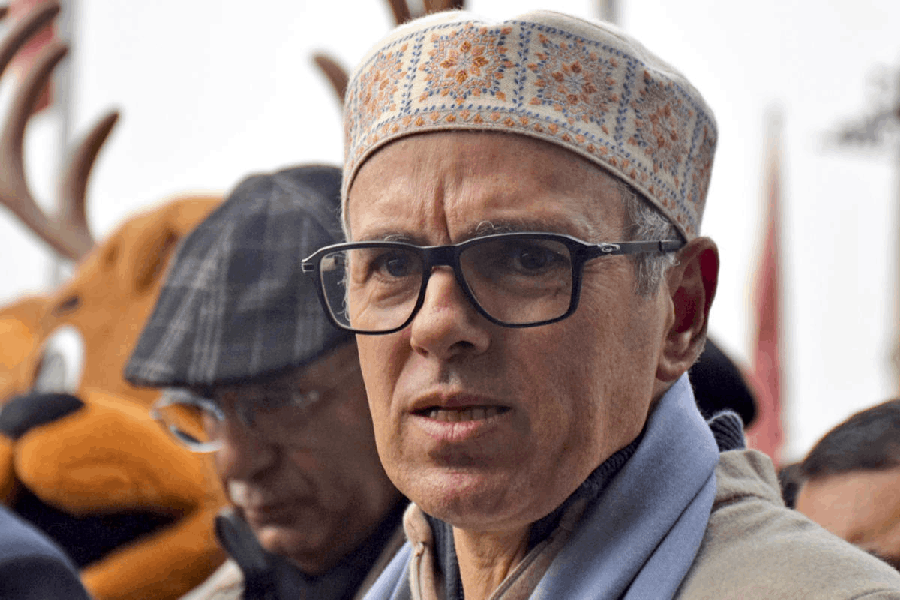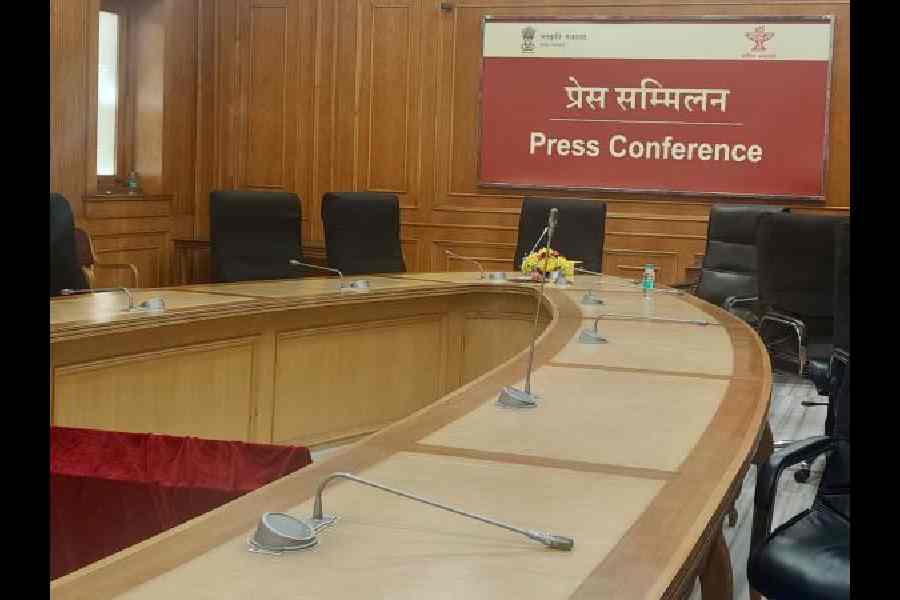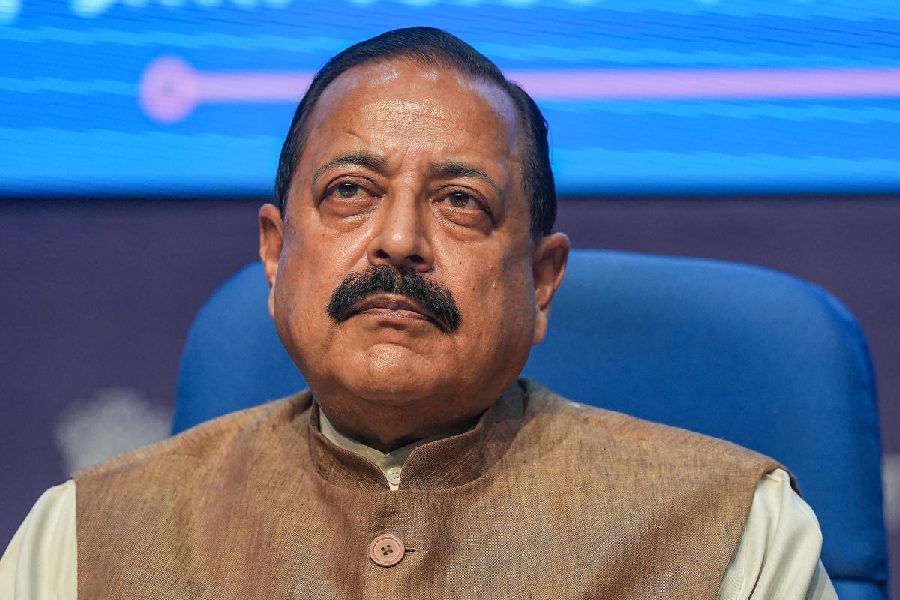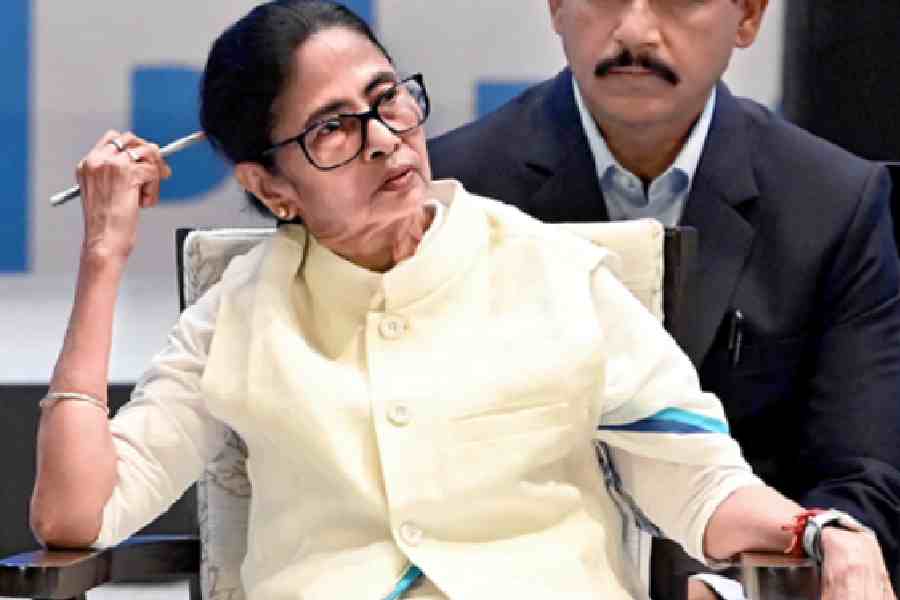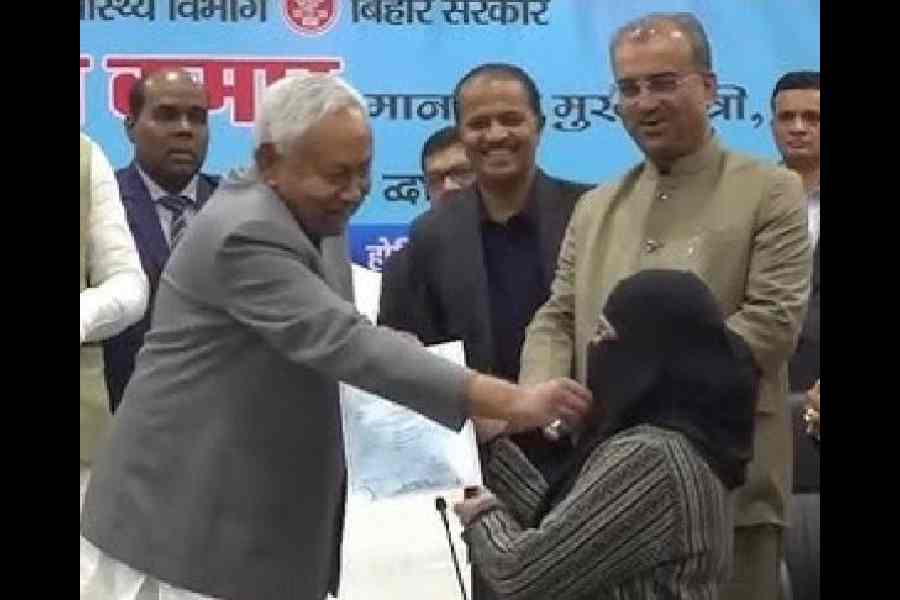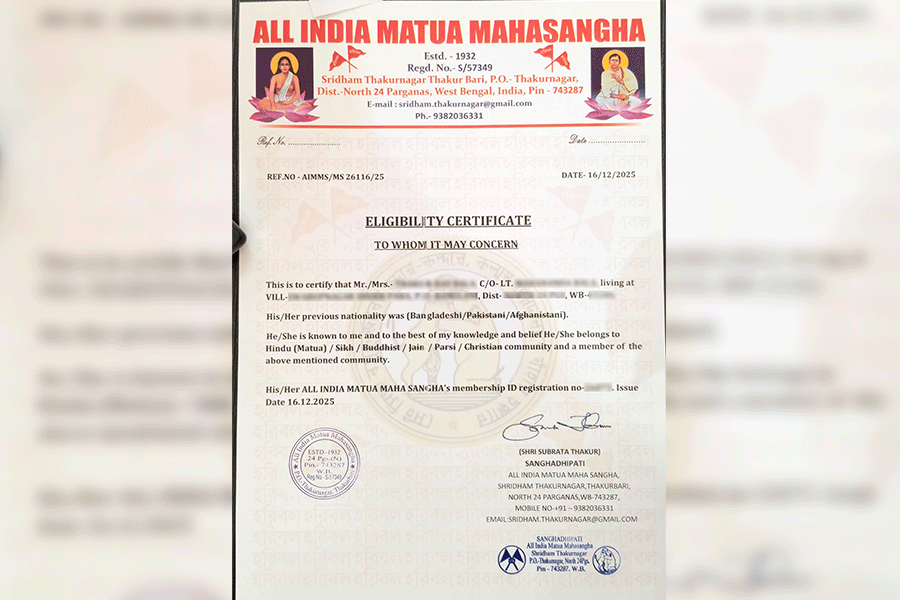Education in India is at a crossroads. Changes in government policies and regulations, job situations and the social fabric brought on by new technologies and developments such as climate change are making new demands on the Indian education system. At the same time, the educational attainment of Indian schoolchildren remains low. A survey conducted by ASER in 2022 on 700,000 children between the ages of 6 and 14 years in rural areas reported that the reading ability of children in both private and government schools had fallen to pre-2012 levels. This reversed an improvement achieved in the intervening years. Moreover, children’s basic arithmetic levels have fallen since 2018. These results could be attributed to the impact of school closings during Covid but they also demonstrate that, to achieve its stated objectives, the education system should change with changing circumstances.
The philosophy and the framework for revamping India’s school education system are underlined in the Right of Children to Free and Compulsory Education Act, 2009 and the National Education Policy 2020. While the Central government is the custodian of the RTE and the NEP, state governments have published rules under the RTE and policies to implement the whole or parts of the NEP. This state of affairs has given rise to a fragmented education structure with various challenges. For one, various interpretations of the RTE have led to litigations. In July 2024, the Bombay High Court struck down a decision by the Maharashtra state government to exempt private, unaided schools within a kilometre of government schools from having an admission quota of 25% in schools for children of disadvantaged and weaker sections of society as it violates a key provision of the RTE. In August 2024, the Supreme Court of India upheld the Bombay High Court’s order.
One more example of a lack of harmony is the West Bengal Education Policy 2023. West Bengal has chosen to retain its current 5+4+2+2 years of school education structure in contrast to the NEP that recommends a 5+3+3+4 pattern. Such differences among the states and national boards, such as the Central Board of Secondary Education and the Council for the Indian School Certificate Examinations, are troublesome for students who migrate between education systems. Students appearing in common national exams may be at a disadvantage if they are from states following a different educational pattern. It is imperative that a better coordination mechanism for education strategies is set up among the central and the state school educational bodies to avoid such problems.
The current lot of school teachers have, by and large, been educated through a system of rote learning, fixedness of syllabus, and rigid set-ups. Implementing a different educational system requires a different way of thinking and practice. An additional issue is the ever-increasing gaps between students of urban and rural and government and private schools. Students and teachers of urban, reputed private schools are more aware of the latest technologies and global developments than those in rural schools. Efforts to revamp the Indian education system should start with addressing these aspects.
The education system plays a key role in India’s economic growth and development. A holistic approach is needed to build an Indian education system that is broad-based, caters to a variety of educational needs, teaches creative and scientific concepts with equal measures, and produces future workers for various modes of employment.

